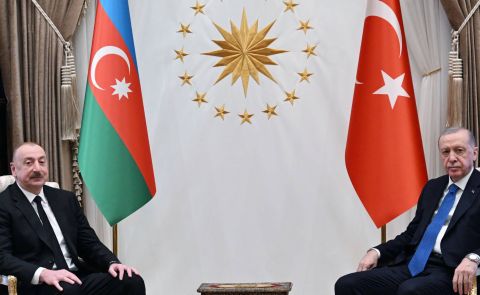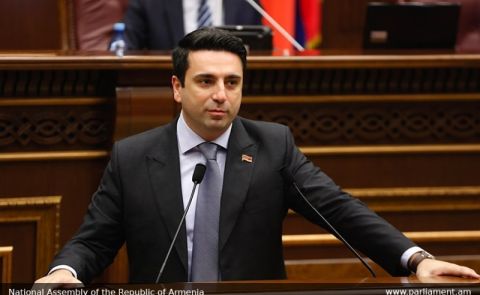
USA shifts financial assistance in South Caucasus
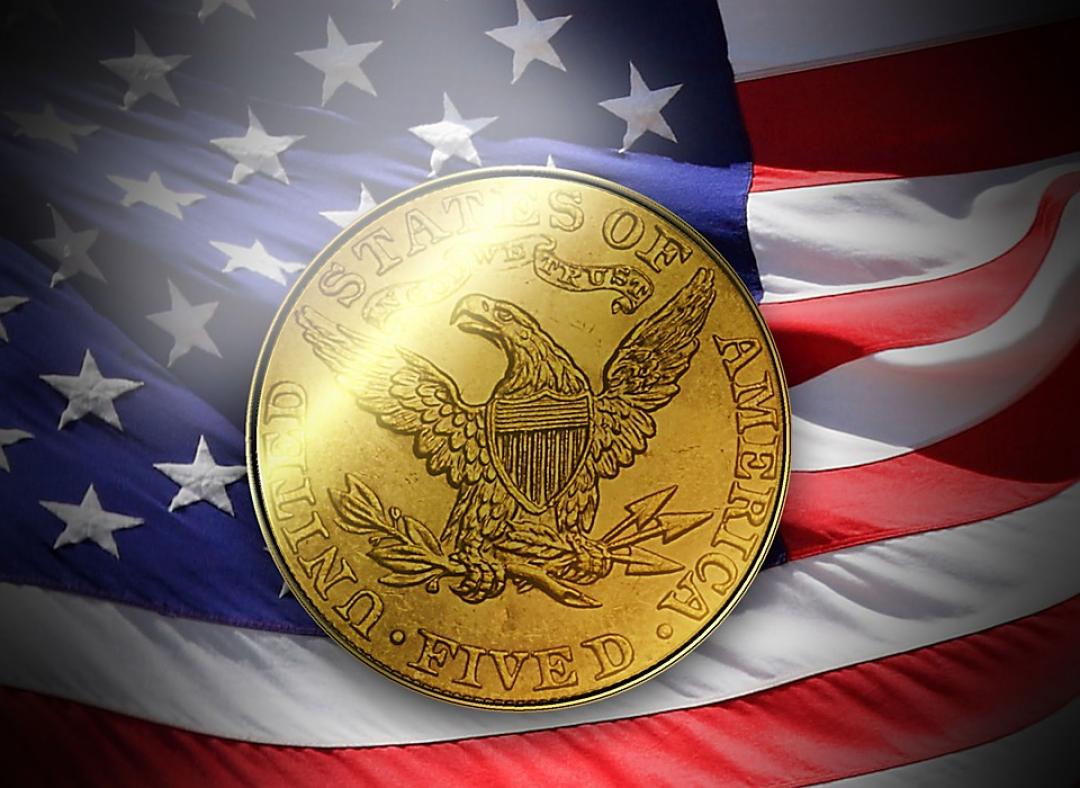
On 30 July, the Armenian political analyst Suren Sargsyan posted the drafted U.S. foreign assistance budget to Armenia in 2020 on his Facebook profile, reported aysor.am. The foreign assistance will make just 6,75 million US Dollar. 100 000 will be provided for the educational sector, 800,000 will be allocated for the development of the economy, 3,100,000 will be addressed to democracy and the human rights sector, 1,500,000 to security and peace, while the rest of the money will be provided to other sectors.
Sargsyan also compared the figures of US assistance provided to Armenia over the past years. In 2019 this sum amounted to $6,4 million, to $6,80 million in 2018, to $26,41 million in 2017, to $23,10 million in 2016, while the highest sum was received from the US in 2011 amounting to $45,2 million.
The US is also planning to completely cut financial assistance to the de facto authorities in Nagorno-Karabakh. The Armenian National Committee of America (ANCA) said that it received “troubling reports” that despite the passage of the Cox Amendment by the US House to continue US aid to Karabakh in 2020, “the Administration is looking to end assistance for this life-saving program in just a few months.” This report was also confirmed by Suren Sargsyan. “This program is being financed by USAID and its suspension is a serious political message. I urge my USA-based friends to join the campaign of the Armenian Cause office. I repeat, this will have serious political consequences. It will become political and legal precedent, the consequences of which we all realize,” stood in his post, adding the fact that the US government is the only government who gave direct financial assistance to Karabakh, without internationally recognizing the de facto authorities there.
A week earlier, another Armenian analyst, Emil Sanamyan, who works at the Institute of Armenian Studies at the University of Southern California published the data on the US military aid to Azerbaijan and stated that in 2018 Baku received $59.6 million. In 2019 Washington plans to allocate almost $43 million. The funds are planned to provide material assistance and various training sessions to combat drug trafficking, improving the military infrastructures along the Caspian coast of Azerbaijan and improving the work of military intelligence. He drew a comparison to Armenia, because the country received only $3.2 million in 2018, $2.8 million in 2019, and the aforementioned $1.5 million in 2020.
Through his analysis, Sargsyan came to the conclusion that nowadays Baku is a more significant partner for Washington than Yerevan. He noted that Baku plays a key logistical role in the transit of American goods to Afghanistan, and that Azerbaijan is an important partner of the U.S. in the South Caucasus region for resolving the U.S.-Iran conflict.
Shahan Gantaharyan, the editor-in-chief of Aztag, a Lebanon-based Armenian newspaper, came to a similar conclusion regarding the US assistance, saying that it is tied to the changes in US foreign policy priorities. “The amount of money signals the depth of problems in the specified areas. Politically however, the Iranian factor is largely noticeable, given that the appropriations go to border security strengthening in particular. Clearly, the political calculations involved the multi-million Azeri population in Iran, the general policy of Iran’s isolation and, with a certain probability, the need to keep Baku’s bridges open amid the current tensions with Ankara. I think Moscow currently debating over giving Baku an observer status in the Collective Security Treaty Organization will also have a certain influence on the budget planning,” he said.
See Also

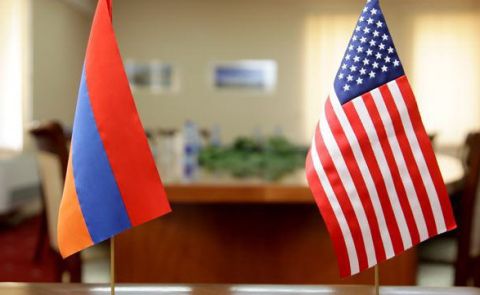
Mirzoyan Meets US Deputy Assistant Secretary Joshua Huck
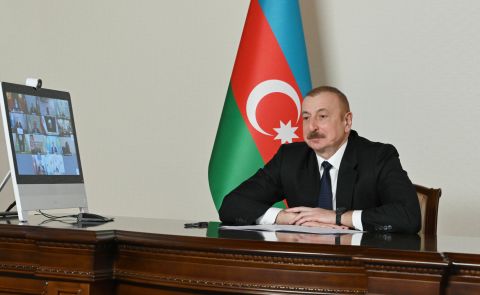
Azerbaijani President Holds Talks with UAE and German Business Delegations on Economic Cooperation
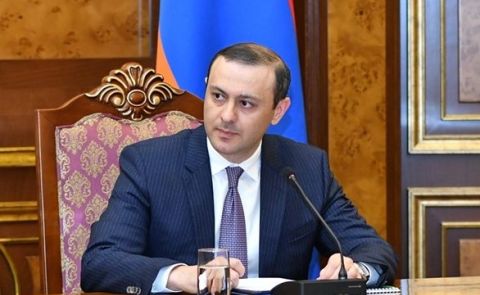
Grigoryan Confirms Armenia’s Readiness to Dissolve OSCE Minsk Group Upon Peace Treaty Signing
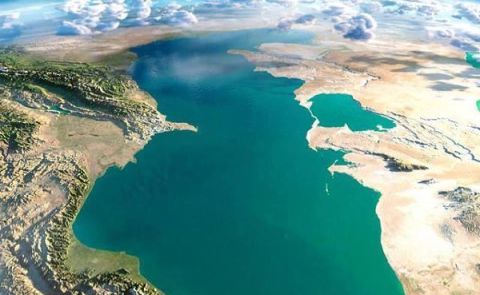
Azerbaijani Official Warns of Ecological Risks to Caspian Sea, Similar to Lake Urmia and Aral Sea
